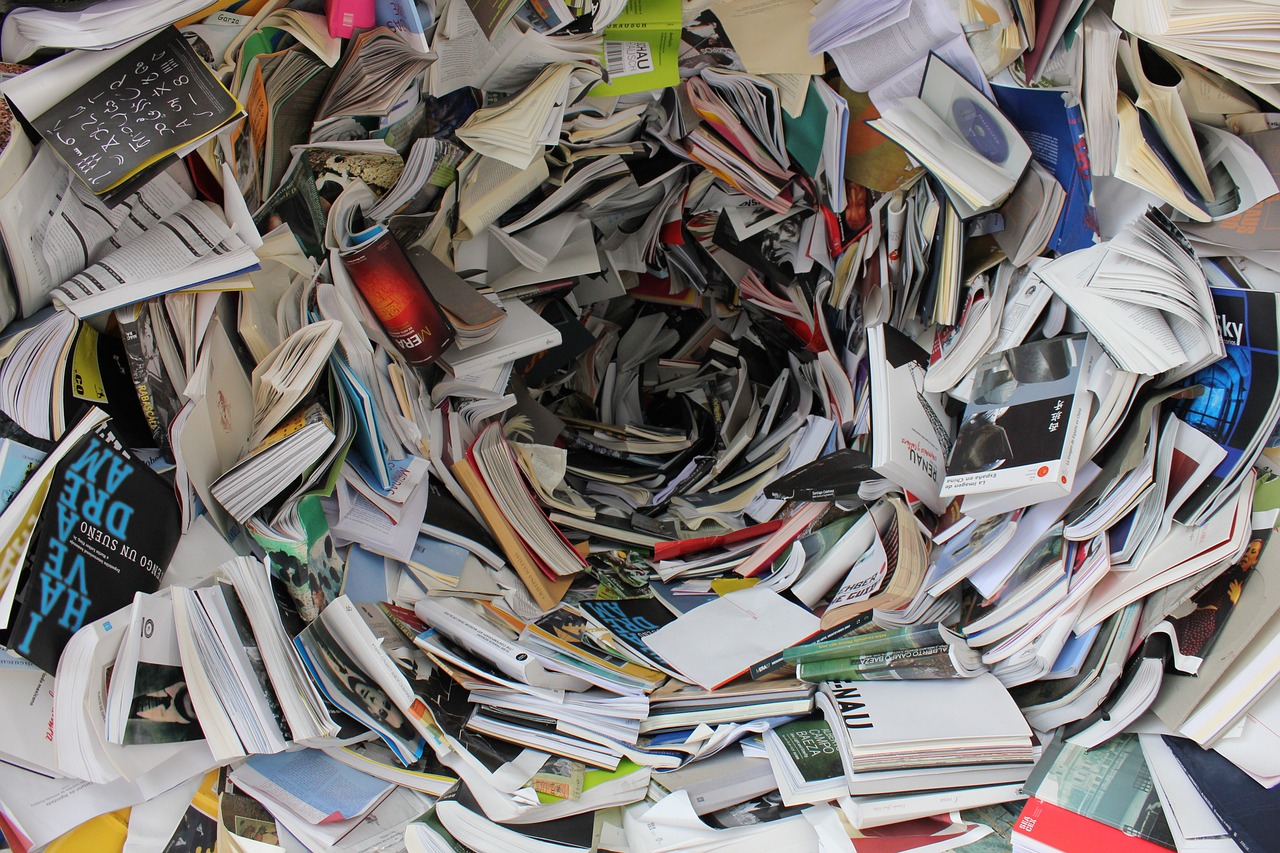Do academics know secrets about journalism that working reporters and editors don’t know?
For curious journalists like me, spending time reading academic research about journalism and democracy reveals a mixed picture.
There’s plenty of research to show that journalism is still a critical part of an engaged society. Decades of evidence–based studies show a correlation between news consumption and political engagement. People who read more news tend to vote more regularly and engage more in their own community.
April 27, 2023Newer academic studies tend to look at very specific practices around types of journalism and find insights particular to certain beats or coverage areas — and there’s quite a lot of it. Just a few examples include how journalists use empathy in covering homelessness, whether fact-checking changes false beliefs, and how audiences react to watching coverage of terrorism.
But keeping track of all that academic research across subject areas is no easy task. Here’s where professors Mark Coddington and Seth Lewis have stepped up an email newsletter (hosted on Substack) that aims to showcase the most compelling research published each month. The newsletter is called RQ1, and Nieman Lab republishes it each month.
Want more? Subscribe to our newsletter here and have Nieman Lab’s daily look at the changing world of digital journalism sent straight to your inbox.
Coddington and Lewis are both former journalists who became academics. (For several years, Coddington wrote the “Week in Review” column for Nieman Lab.) They now study their former colleagues amid a changing digital news environment, tackling issues of data journalism, social media, news engagement and news aggregation. (Coddington is at Washington and Lee University, while Lewis is at University of Oregon.)
“We’ve had trouble ourselves keeping up with the constant flow of new research on news and journalism, and we want to help you keep up with it as we try to wade through it as well,” they write in the newsletter.
As editor-in-chief of PolitiFact, I have a high interest in keeping up with academic research on fact-checking, and as a Nieman Fellow I’ve been studying research about the connection between journalism and democracy, so I reached out to Coddington and Lewis with a few questions. This interview has been edited for length and clarity.
ANGIE DROBNIC HOLAN: When you’re putting together the newsletter each month, is there just a gusher of research to go through? And have you noticed changes in the research over the years?
MARK CODDINGTON: I feel at times overwhelmed by the gusher of research that is out there. Almost every major journal that regularly publishes sends out email alerts when they publish a study, so I subscribe to all of those. And then there are others that I check regularly as well. Any new research goes into a spreadsheet, and that spreadsheet runs to about 75 to 80 articles a month. And that’s a lot of research — a lot. For the newsletter, we select the ones that we think would be of most interest to journalists or researchers.
SETH LEWIS: The study of communication has been around for about 100 years, but the focused study of journalism in this field that we now call journalism studies is really only about two decades old. And in fact, that began with the founding of the journals Journalism and Journalism Studies, which both appeared in 2000. The journal Journalism Practice came out in 2007, and then Digital Journalism was launched in 2013…So there has been a real flourishing of research about news in the last two decades, which, of course, kind of ironically tracks the period in which newspapers have contracted. The news industry has seen its fortunes crumble in the last couple of decades, while space and attention given to research about journalism has grown dramatically.
Seguir leyendo: NiemanLab


